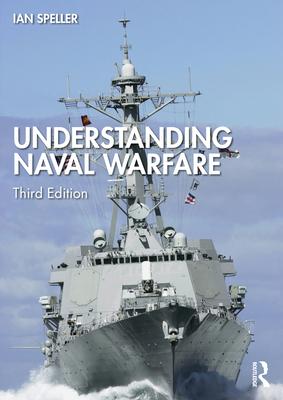This updated new edition of Understanding Naval Warfare offers the reader an accessible introduction to the study of modern naval warfare, providing a thorough grounding in the vocabulary, concepts, issues and debates, set within the context of relevant history.
The third edition explains traditional concepts and explores current and emerging ideas concerning the theory and practice of naval warfare, relating these to recent events including Sino-American naval competition and the Russian-Ukraine War. Navies operate in an environment that most people do not understand and that many avoid. They are equipped with a bewildering range of ships, craft and other vessels and types of equipment, the purpose of which is often unclear. Writings on naval warfare are usually replete with references to esoteric concepts explained in specialist language that can serve as a barrier to understanding. This book cuts through the obscure and the arcane to offer a clear, coherent and accessible guide to the key features of naval warfare which will equip the reader with the knowledge and understanding necessary for a sophisticated engagement with the subject. The new edition is divided into two key parts. The first focuses on concepts of naval warfare and introduces readers to the ideas associated with the theory and practice of naval operations and includes a chapter where the history of the last century of naval warfare is explored in order to illustrate the key concepts. The second part focuses on the conduct of war at sea and on peacetime roles for contemporary navies and now includes new material on hybrid warfare and grey zone operations and on joint warfare, multi-domain operations and integrated deterrence within the context of evolving great power rivalry at sea.
This textbook will be essential reading for students of naval warfare, sea power and maritime security and is highly recommended for those studying military history, strategic studies and security studies in general.
